Give Managers the Tools to Provide Consistent Onboarding
[Editor’s note: Today’s post comes from Sharlyn Lauby, President of ITM Group and author of the blog HR Bartender]
In new hire onboarding, one of the most important people involved in the process is the employee’s manager. Of course, the new hire is important. And it’s true that HR traditionally has a primary role in orientation. But the manager plays a big role in making sure the rest of the onboarding process happens. Managers make sure that employees attend training programs and learn the job. They show employees the organizational culture through their words and actions. Managers build positive working relationships with employees to support them and their careers.
It only makes sense to give managers the tools they need to provide a great onboarding experience to new hires, which means helping them deliver a consistent experience.
Let’s be clear. No manager is intentionally trying to avoid onboarding. They just spent many hours and organizational resources to hire someone. They want that new hire to stay and be productive. But managers are busy and they’re even busier when they’re understaffed. Sadly, onboarding tasks are sometimes forgotten or not scheduled in the right order for learning success.
The good news is that organizations don’t need to create anything to address this consistency challenge. Today’s technology solutions can help managers remember the things they need to do at the best time they need to do them. Think of it like an onboarding dashboard – a visual representation of the onboarding journey. Here are five key areas that an onboarding journey and dashboard should represent:
1. CULTURE drives how things happen in the organization. New hires are exposed to some aspects of culture during the interview process and orientation but not the entire picture. The manager has a central role in helping employees learn about organizational culture and how to be a part of it – everything from attending small events inside the company to sharing communications about the future.
2. TRAINING takes place throughout an employee’s time with the organization. And there are many types of training – compliance training such as anti-harassment, technical training related to the employee’s job and development in topics like problem-solving. Managers should be proactive in scheduling employees for the training and development they need.
3. NETWORKING helps a new hire build relationships not only with the manager but with co-workers and other key contacts. Research from Gallup consistently says that building positive working relationships helps to engage and retain employees. Managers can help by making introductions and starting the process.
4. GOALS give employees something to strive for in terms of performance. Often goals are linked to employee compensation and future opportunities, so getting goal setting right helps the employee now and in the future. Managers play a key role in helping employees set goals that are both challenging and achievable.
5. FEEDBACK within an onboarding dashboard could remind managers to regularly solicit feedback from new hires. In a study from Aberdeen Group, 86% of respondents felt a new hire’s decision to stay with the company long-term was made within their first six months of employment. This means getting feedback is a critical element of onboarding success and employee retention.
An onboarding dashboard allows managers to outline the key tasks they need to focus on with new hires when they need to happen and create prompts, so nothing is forgotten. This could be done using a phased approach based on milestones such as offers, first day, first week, first 30 days and so on or arrange in segments that are important to your organization. The onboarding technology could include activities that can be triggered automatically. And at any time, the manager can look at the dashboard to learn the status of an employee’s onboarding activities. Just in case they need to follow up, engage or coach.
Organizations focused on hiring and retaining the best employees need to have the best onboarding experience. It’s the “We’re glad you’re here. Let’s be successful together” program that new hires are looking for. But onboarding has a lot of components and asking managers to remember them all might be unrealistic. Give them the technology tools to do it well. Reinforce the practice of enabling managers to help deliver an exemplary experience.



















